Dissecting the Gore-Covered Condemned: Criminal Origins
Exploring Metro City and the elements that define Condemned as a cult classic horror game
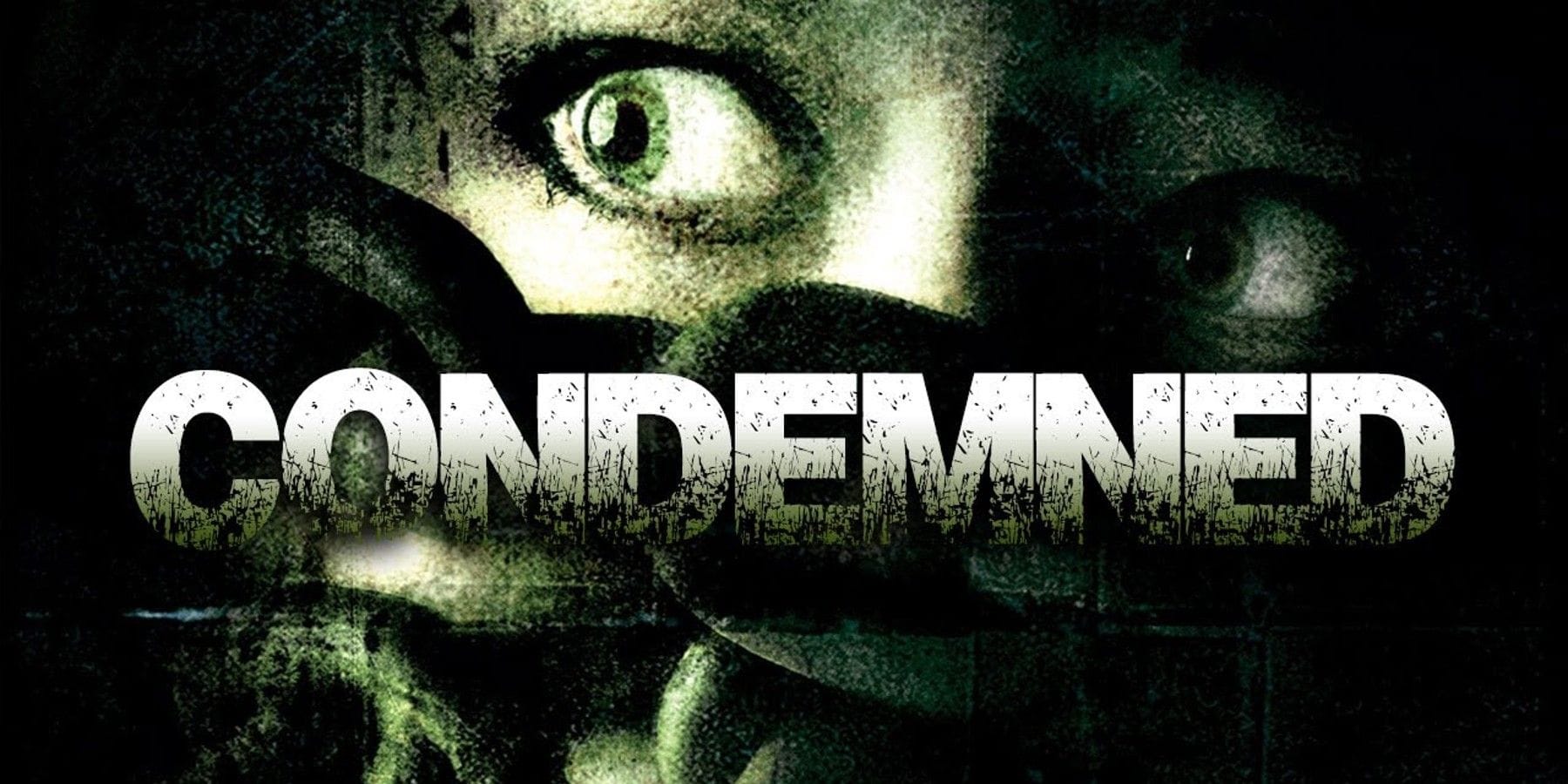
The soft, haunting clicks of microfilm passing through the reader. A newspaper accusing law enforcement of not investigating a case of mutilation. Overexposed faces, captured in distorted stills, flash throughout as a tribute to the opening montage in the beloved serial killer film Se7en. A drawn-out note shudders in the background until it is disturbed by Detective Dickenson, his flashlight knocking against the car, providing players with their first jolt of surprise.
The opening of Condemned: Criminal Origins carries with it the sensation of an old familiar tune unexpectedly reappearing on the radio after ages of lying dormant. Even though nearly 19 years have passed, it worms itself to the forefront of my mind with terrifying ease once cued on the Xbox. While time has cast a grimy crust onto its graphics, its story and claustrophobic ambiance still leave me unsettled.
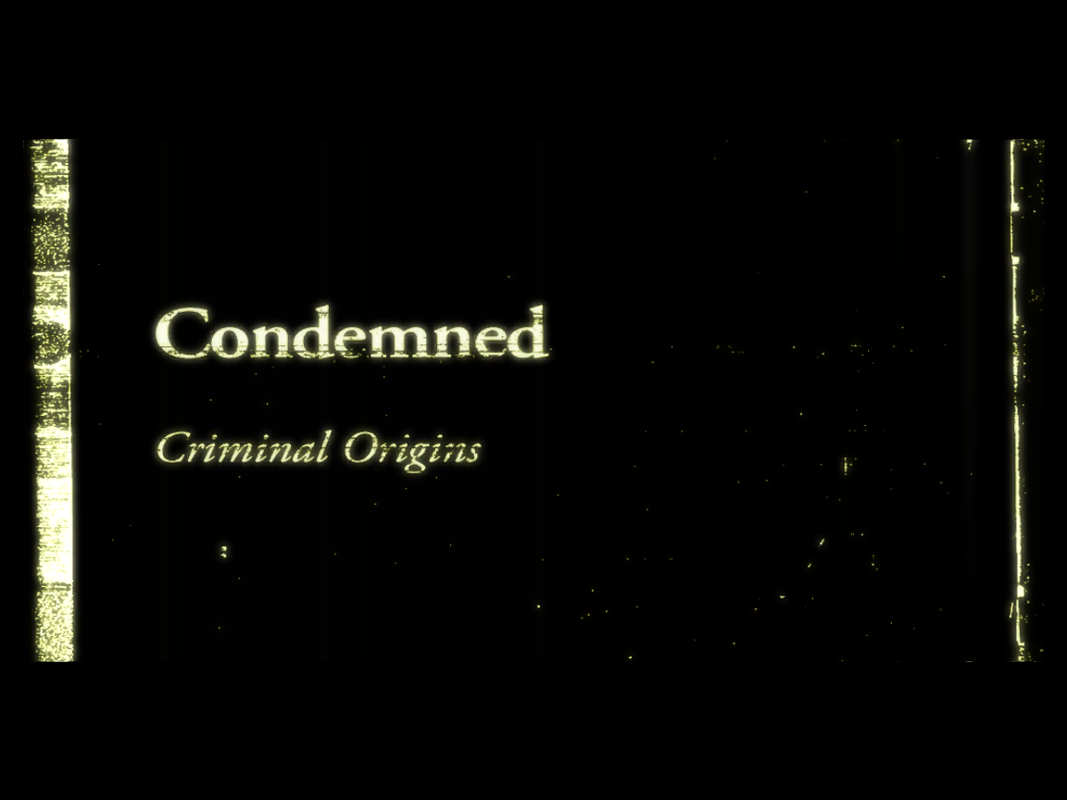
Condemned drives players into the fictional town of Metro City. Exposition and scenery reveal that government officials have neglected Metro City for an incredible amount of time. As city blocks rot, so too does its populace. Crime continues to rise, and it has led to a large number of serial murders within the vicinity. Soon-to-be at the center of it all is Agent Ethan Thomas, a member of the FBI’s Serial Crimes Unit.
When Condemned rolled out in 2005, it joined a crowded buffet of new horror films, remakes, reboots, and games that explicitly wove in social criticism and pushed the boundaries of violence. It also marked the beginning of a distinct era in my exploration of horror and psychological thrillers.
As more nail-biting “dishes” (28 Days Later, Manhunt, Silent Hill 4, and more) went on display, I happened to be immersing myself in the Hannibal Lecter series as well. Terms my high school self never heard of or paid any real mind to now tugged at my curiosity. Then watching Condemned’s leads pursue and analyze crime scenes transformed this curiosity into a drive. These experiences and my own exploration crafted a unique path that would later lead me to pursue a degree and write research papers on forensic psychology.
I remember my brother and I were prepared to be terrified when we received Condemned. We silently concluded, fifteen minutes into the game, that it was best to leave the lights on.
Even as we near the two-decade mark since its release, Condemned remains a game that can fill your living room with its claustrophobic and desperate dread if you dare to keep the lights off.
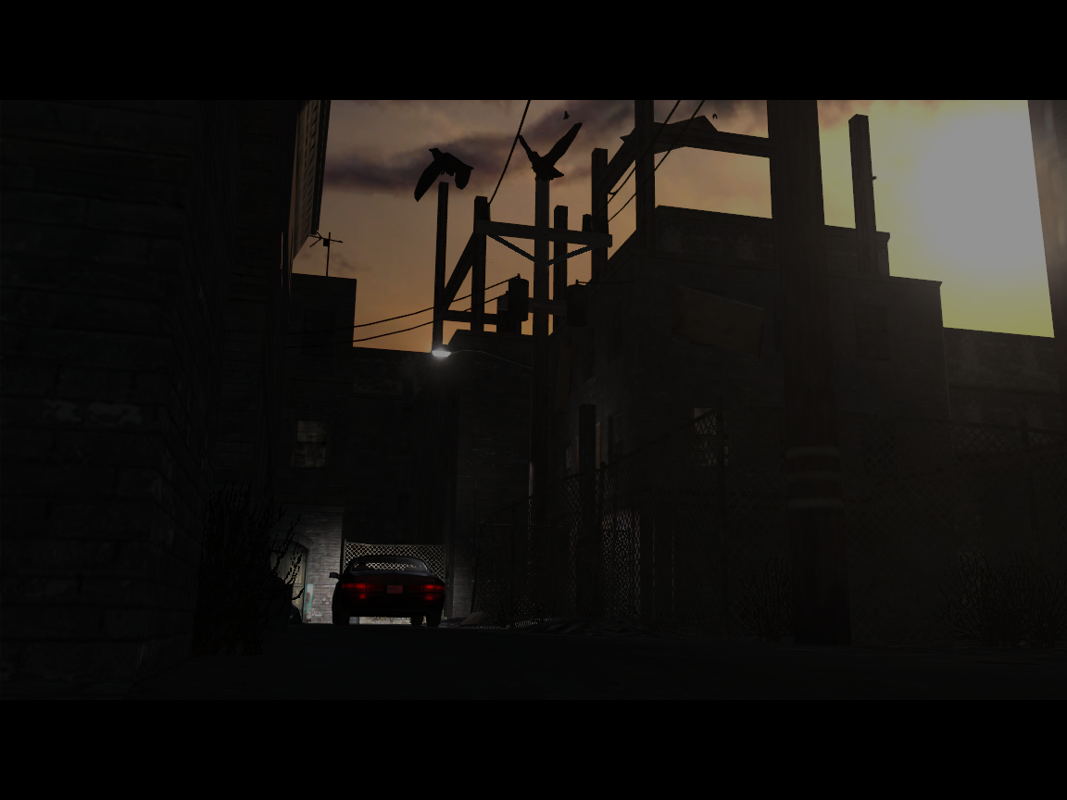
I remember my brother and I were prepared to be terrified when we received Condemned. We silently concluded, fifteen minutes into the game, that it was best to leave the lights on.
Diving into a rotting city
I have a gross fondness for Metro City — something I could only come to have after enduring its grimy streets and haunting basements multiple times; only after its credits have rolled and my heart rate has slowed.
There is a pervasive rot that lives in every nook and cranny in Metro City. I’d argue that the game references multiple psychological and sociological theories to provide insight into why the city is in incredible disrepair. Despite not being an open-world game, Condemned creates the impression that certain areas of the city have fallen into chaos or just recently took a turn for the worse, especially those that are economically unstable. Both the Broken Windows theory and Steven Messner’s theory that there is a link between economic inequality and a state of anomie (the loss of values and standards) come into play.
The areas that Monolith Productions curate for the players are predominately of abandoned, half-constructed properties illuminated only by your flashlight. The other half of the areas give the impression of being locations that are relatively put-together, but had to be temporarily closed for repair, such as the library and metro station. The areas that are visibly abandoned and in a clear state of disrepair experience the highest levels of discord in the game. Graffiti, bloodstains, and rows of drawn eyes are flashes of color on an otherwise dull palette of unkempt infrastructure. It leans into the idea that neglecting a “broken window” will summon and encourage crime. Moreover, it frequently becomes the backdrop for the crime scenes Ethan uncovers as he pursues serial killers.
Even Metro City’s wildlife is in jeopardy. Birds either lie on the ground, experiencing a death rattle or are in different stages of decay. Morbidly, you can collect them.
This maddening rot not only covers the buildings but has gripped Metro City’s most vulnerable. It has transformed and continues to transform, those struggling with substance abuse, chronic homelessness, and mental health issues into ravenous shells of their former selves (the game dubbing them 'The Influenced').
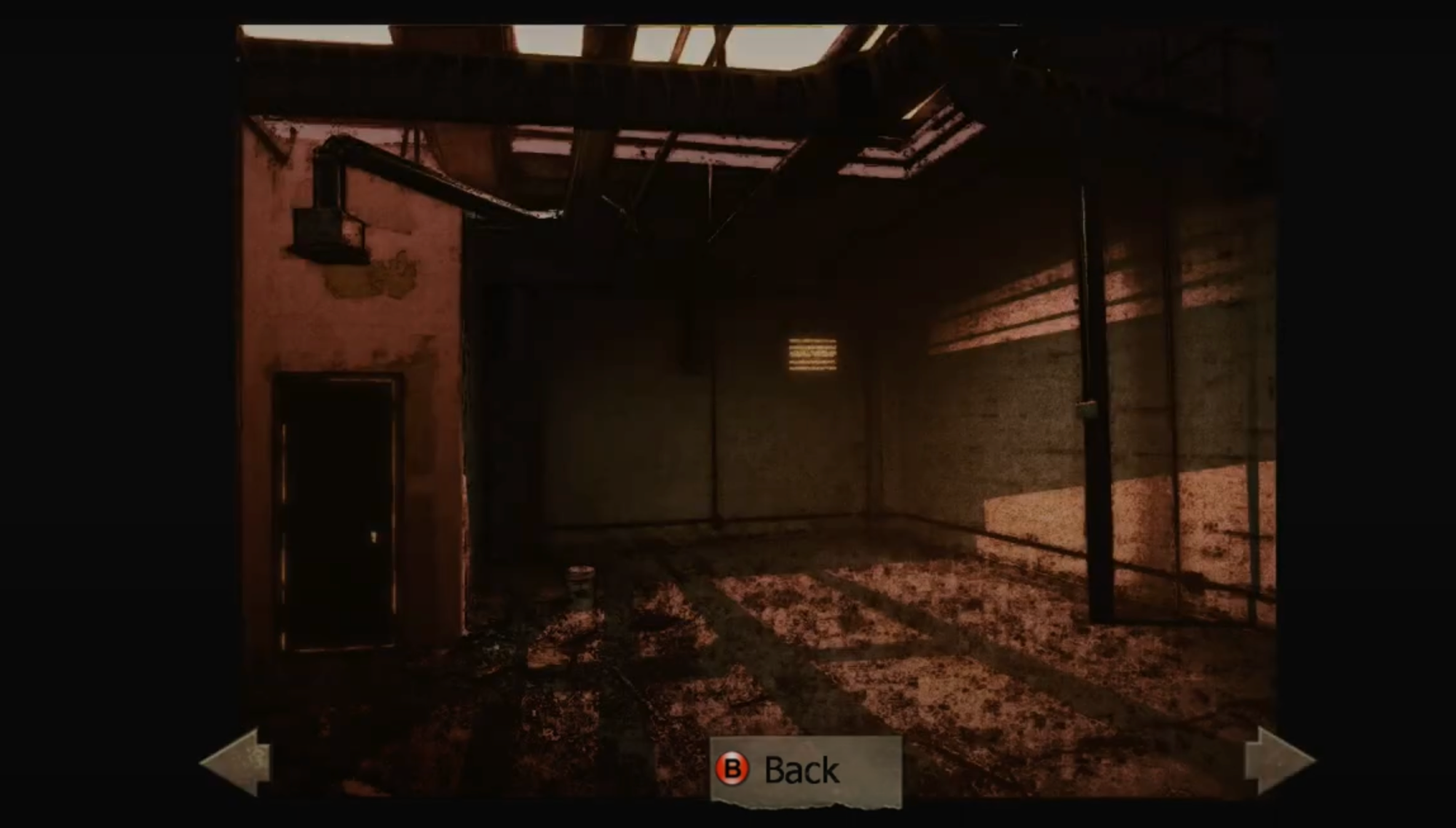
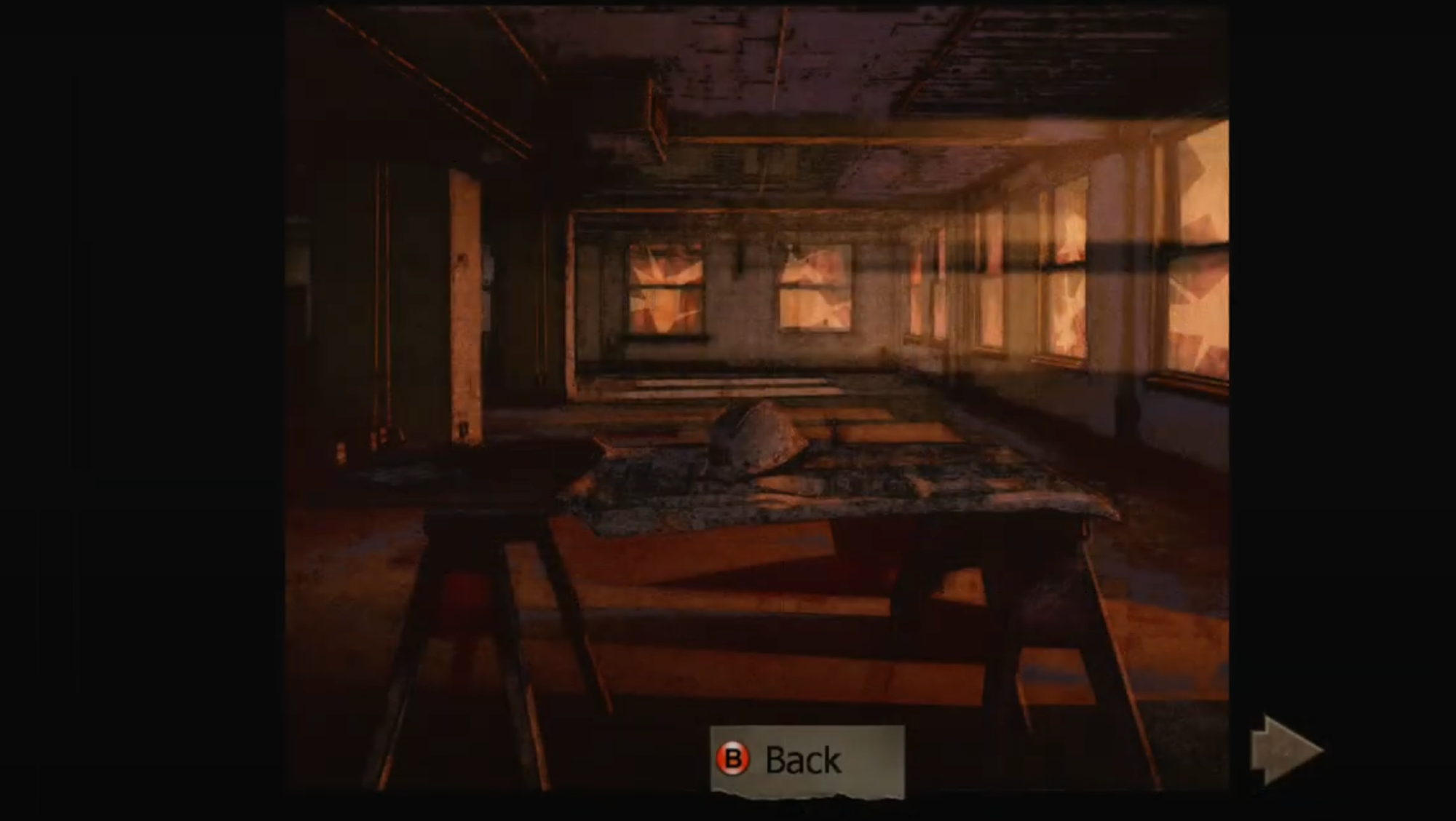
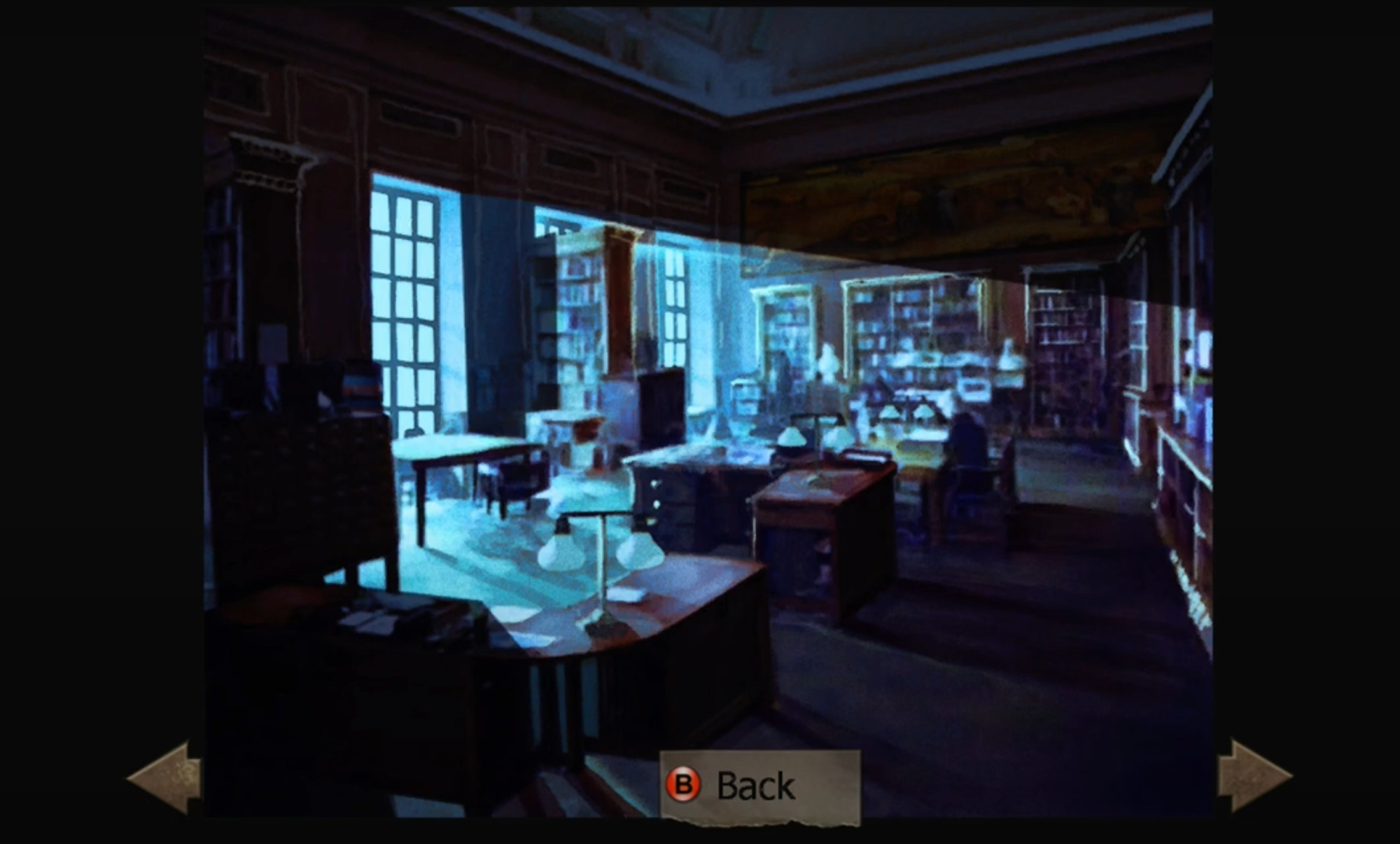
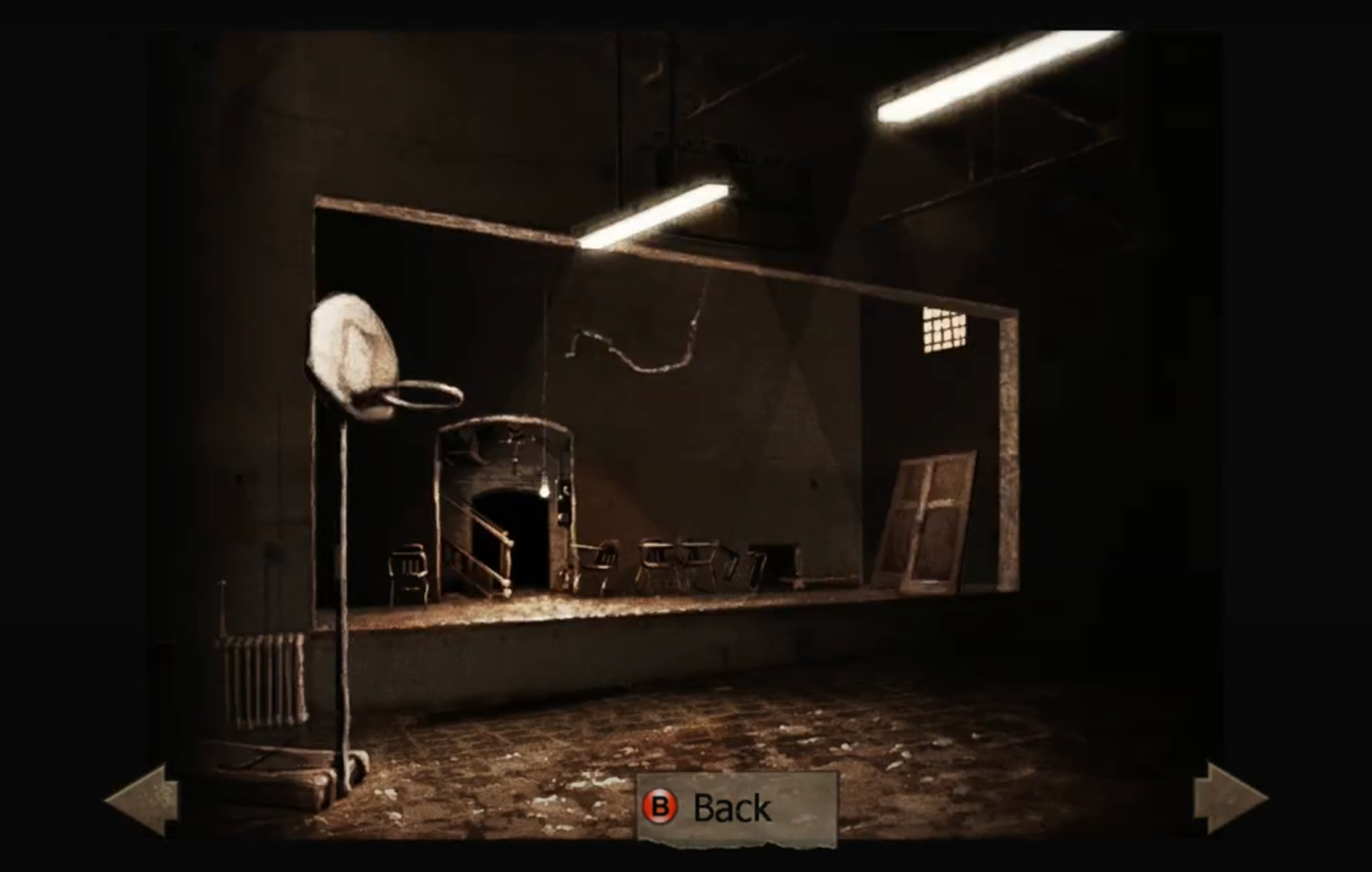
Screenshots of concept art featured in-game. Source: Author.
What I appreciate about Condemned is that it doesn’t warp and twist the Diagnostic and Statistical Manual of Mental Disorders (DSM) to make sense of its narrative. There is simply a collective understanding something is fantastically wrong with Metro City and the level of violence and discord being experienced has taken these familiar theories and escalated them to surreal heights. To add further to this crisis, there are almost no resources being funneled into identifying the root of the problem and remedying it (which we'll later learn is very intentional). Metro City is very much condemned to this horrific fate.
The only option for law enforcement and agents like Ethan is to give their best effort with the resources they have. But even then, there is an incredible numbness and dehumanization expressed by both Metro City police and Ethan.
For example, when one of the Influenced charges at Ethan, the police prompt him to respond with force. Players are introduced to Ethan’s firearm before his taser. Ethan will caution that he will resort to force, but just once. Despite Ethan having the noble goal of catching and placing behind bars a loose serial killer, his own methods do not follow protocol and rely on violence. Here, the game skillfully establishes our protagonist and law enforcement as a difficult group to empathize with and perceive as “good.”
Everyone and everything (save for Rosa, the game's deuteragonist) is shown to possess this festering anomie in Condemned. It’s this moral rot that will be Ethan’s undoing, setting the stage for the sequel, Condemned 2: Bloodshot.
Crime scene analysis flair
If Condemned wished to present authentic crime scene analysis, a team made up of Ethan, crime scene technicians, officers, and medical examiners would be on the scene for days. Then, the evidence must undergo lab processing, resulting in an even lengthier wait. Ethan could be stuck twiddling his thumbs and going through case files until he got the results.
So for the sake of keeping the tension high and the steps in clearing a crime scene digestible, Monolith Productions condensed key forensic tools and processes into an adaptable field kit. Ethan will have access to a laser light, UV light, camera, and spectrometer. He can use a wireless system to send crime scene contents to Lieutenant Rosa, his assigned lab technician.
I thoroughly enjoyed using these tools when I first played the game, completely unaware of the reality of working on a crime scene. There is something thrilling about perfectly adjusting the camera lens while simultaneously keeping the laser light steady. Or with the help of UV light, explore the sinister trails of blood that twist through the darkest corners of the building.
Despite older me being aware of the reality of processing a crime scene and that Ethan is contaminating everything thanks to a lack of appropriate wear, I continue to be in awe of Rosa’s ability to analyze materials and provide expert guidance. If anything, as time has passed, my appreciation for it has grown even stronger. The title of lab technician does not fully embody her skills. It was always her expertise that kept the unbelievable believable.
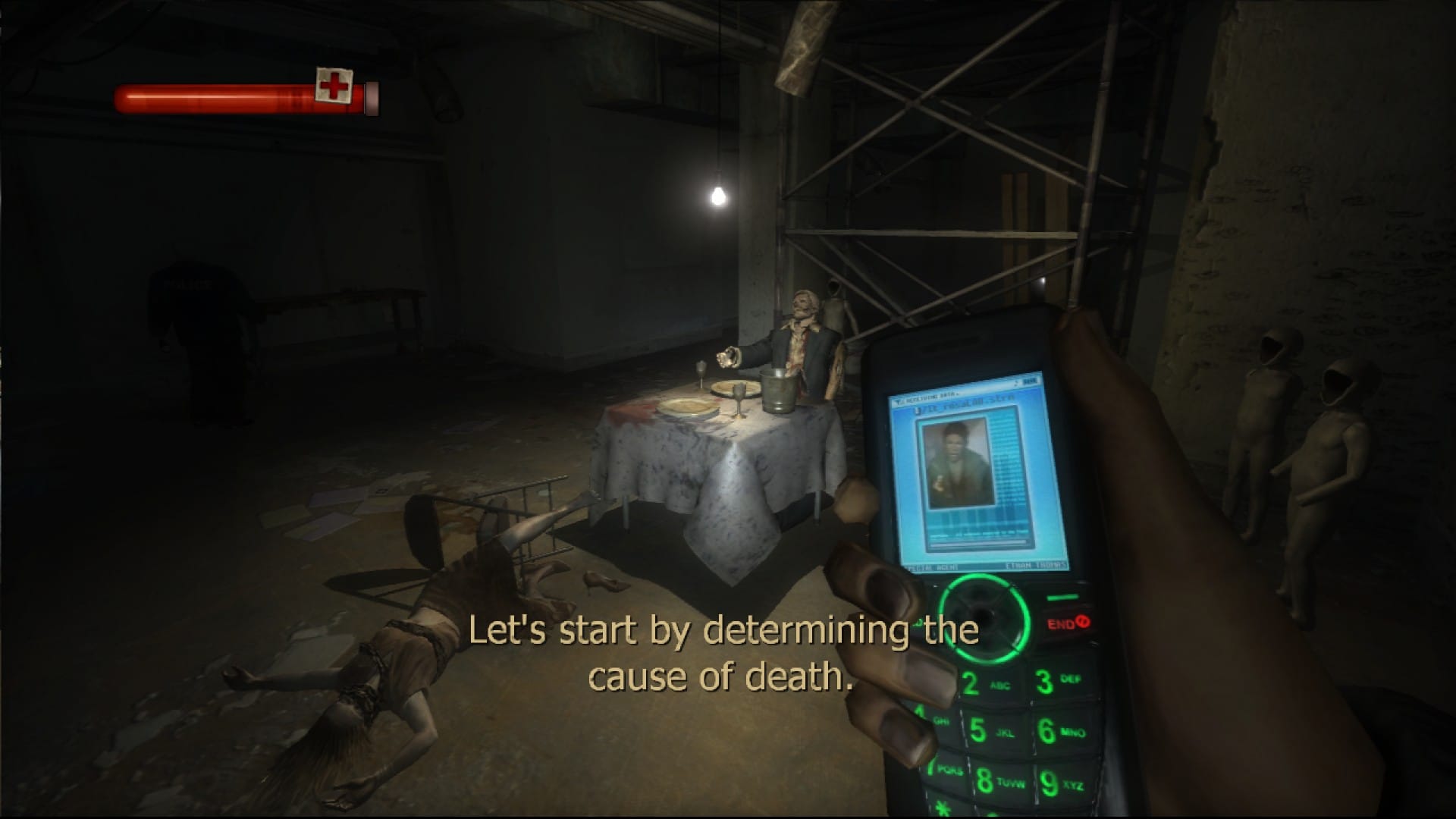
Both the Broken Windows theory and Steven Messner’s theory that there is a link between economic inequality and a state of anomie (the loss of values and standards) come into play.
Rosa’s remarkable character has left a lasting impression on me as I reflect on my academic and professional journey. Although I wished she had a more on-field presence, the game valued her as an equal to Ethan. Let’s also remember that Rosa, who willingly leaves her lab to assist Ethan amidst the growing chaos, stands her ground (a good ol' headbutt) against Serial Killer X.
All in all, Rosa holds a special place in my heart.
Sprinkling in the surreal
Despite the lack of proper crime-scene procedures, Ethan does possess a novel set of skills for hunting serial killers that make him an asset to the FBI. One skill draws inspiration from Will Graham in Thomas Harris’ The Red Dragon. What made Will a successful agent was his ability to step into the shoes of the killers themselves, mentally reconstructing their actions and mindset, allowing him to explore unique avenues in the investigation not readily made clear through the evidence alone. Characters such as Jack Crawford describe Will’s ability as instinctual, “involuntarily, that sometimes he tried to stop and couldn’t.” Other characters hypothesize that Will's gift comes from his ability to intensely empathize with others.
Ethan shares a similar ability, but how it manifests bears a surreal twist. Ethan's gift of insight showcases itself through abrupt hallucinations, the screen thrown into gasping black-and-white clips of the killer at work. These blips of insight serve as nudges in guiding Ethan back on track to pursuing the killer. However, they also torment Ethan and develop a bridge between the natural and the unnatural throughout the game.
What I enjoy about this game is that it doesn't take itself too seriously, avoiding the need to rationalize every abnormality in Metro City. This doesn't mean things go unexplained, but the writers skillfully blend otherworldly elements with reality. This is evident not only in the forensic tools but also in Ethan’s hallucinations. Initially seen as a boon, Ethan’s hallucinations ultimately lead him to experience some of the game's most disturbing moments such as shadowy figures that will strike him, hundreds of crows raining down from the sky, mannequins moving closer and closer each time Ethan turns around.
At first, both Ethan’s boss and Ethan himself will work to convince him he has completely lost his sanity, constantly repeating that Ethan is going through a psychotic episode while investigating SKX. With the horrific images Ethan encounters throughout the game, it makes sense.
In reality, the hallucinations turning more and more sour through each chapter is a clever way of nudging players to digest — later down the road — information about a cult named the Oro, the collectibles of dead birds and metal shards, and the cult’s role in the chaos consuming Metro City.
One of my favorite unsettling moments experienced in-game. Source: YouTube.
Timeless terror
Condemned succeeds at making every location hostile, with familiar spaces — libraries, office buildings, metro stations — morphing into houses of chaos and puddles of crime scenes that stretch out toward each other. Even everyday items can be used as weapons, both by you and Metro City’s citizens.
I found it to be a mercy, having enemies come straight at you versus hiding behind hollowed-out mannequin heads or crumbled boxes. The game’s unique jump scares keep players from becoming too comfortable. Hallucinations strike without warning, and each step closer to your end goal intensifies the disassociation from reality, making it more visceral and violent.
Heightening the tension is the eerily quiet world. The game features a sparse soundtrack, but otherwise, it’s silence. The sounds that dominate the speakers are Ethan’s noisy steps, the moans and groans of the buildings, and the slurred, frenzied rambling of the Influenced as they shuffle about. I cannot explain how maddening it is to hear Ethan go down a flight of stairs or noisily slosh through water when all you wish to do is not call attention to yourself. Then, occasionally, there is a hushed mechanical rattle — signifying something darker is nearby.
I adore this game and how it still makes me wary of the dark. Condemned: Criminal Origins' timeless horror elements, combined with its grittiness and pacing, have more than earned it cult classic status. Each return to the game uncovers new revelations of lore and atmospheric details I never noticed before.
I’m excited to travel back to Metro City through Condemned 2: Bloodshot. And yes, I will be keeping the lights on for this one as well.
